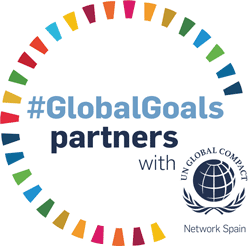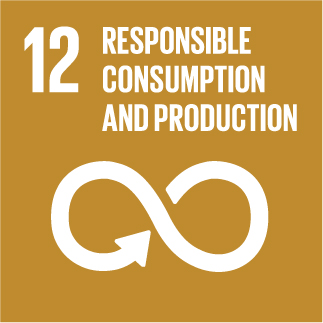Integrated manufacturing of REciclable multi-material COmposites for the TRANSport sector
Photoinduced Cation Coupled Electron Transfer for Efficient Ionic Power Harvesting Based on CNT/MoS2 Heterostructures
A biomimetic CNT/MoS2 nanofluidic system, inspired by photosynthetic proton?coupled electron transfer, enables photo?driven active ion transport in isotonic electrolytes through synergistic photothermal?photoelectric coupling, achieving robust ionic energy harvesting and opening new avenues for sustainable photoiontronics.Inspired from the light?driven proton?coupled electron transfer during photosynthesis in green plants, an engineered CNT/MoS2 biomimetic nanofluidic system has been successfully developed, which achieves photo?activated ion transport in iso?concentration electrolytes through synergistic photothermal?photoelectric coupling. Under light irradiation, localized photothermal effects in CNT generate a temperature gradient, driving thermophoretic ion migration, while the same irradiation triggers a MoS2?mediated surface charge gradient via photoexcited carrier redistribution, encompassing both vertical charge transfer and horizontal carrier diffusion. The resultant dual gradients of surface charge asymmetry and temperature differential cooperatively drive autonomous ion pumping. Experimental and theoretical analyses reveal that the temperature gradient dominates the initial unidirectional migration of ions, whereas the surface charge gradient further enhances active ion transport. The synergistic interplay of these gradients yields a unidirectional ion flux, enabling efficient ionic energy harvesting with an output power density of 18.98 mW m?2 and an energy conversion efficiency of 8.3 × 10?4%. Systematic investigations of illumination conditions (214–759 mW cm?2), electrolyte concentration (10?6–10?1 m), pH (2–10), and ion species (K+ ? Mg2+) confirm robust adaptability across diverse conditions, establishing a blueprint for artificial non?equilibrium iontronics that merges biological transport principles with opto?nanofluidic engineering for sustainable energy harvesting.

» Publication Date: 01/08/2025

This project has received funding from the European Union's Horizon 2020 research and innovation programme under grant agreement Nº 768737


